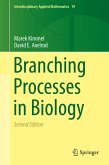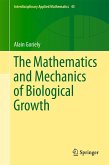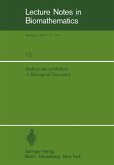This book investigates the mathematical analysis of biological invasions. Unlike purely qualitative treatments of ecology, it draws on mathematical theory and methods, equipping the reader with sharp tools and rigorous methodology. Subjects include invasion dynamics, species interactions, population spread, long-distance dispersal, stochastic effects, risk analysis, and optimal responses to invaders. While based on the theory of dynamical systems, including partial differential equations and integrodifference equations, the book also draws on information theory, machine learning, Monte Carlo methods, optimal control, statistics, and stochastic processes. Applications to real biological invasions are included throughout. Ultimately, the book imparts a powerful principle: that by bringing ecology and mathematics together, researchers can uncover new understanding of, and effective response strategies to, biological invasions. It is suitable for graduate students and established researchers in mathematical ecology.
Dieser Download kann aus rechtlichen Gründen nur mit Rechnungsadresse in A, B, BG, CY, CZ, D, DK, EW, E, FIN, F, GR, HR, H, IRL, I, LT, L, LR, M, NL, PL, P, R, S, SLO, SK ausgeliefert werden.
"This book is devoted to the mathematical modeling of biological invasions and the investigation techniques used to understand biological invasion processes and dynamics. ... The book is suitable for researchers working in environmental sciences, mathematical biology, mathematical ecology, applied mathematics, and environmental economics, as well as for graduate students and upper-level undergraduate students." (Natali Hritonenko, Mathematical Reviews, December, 2016)









